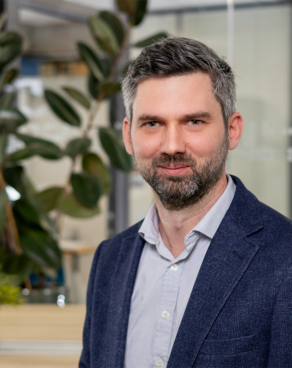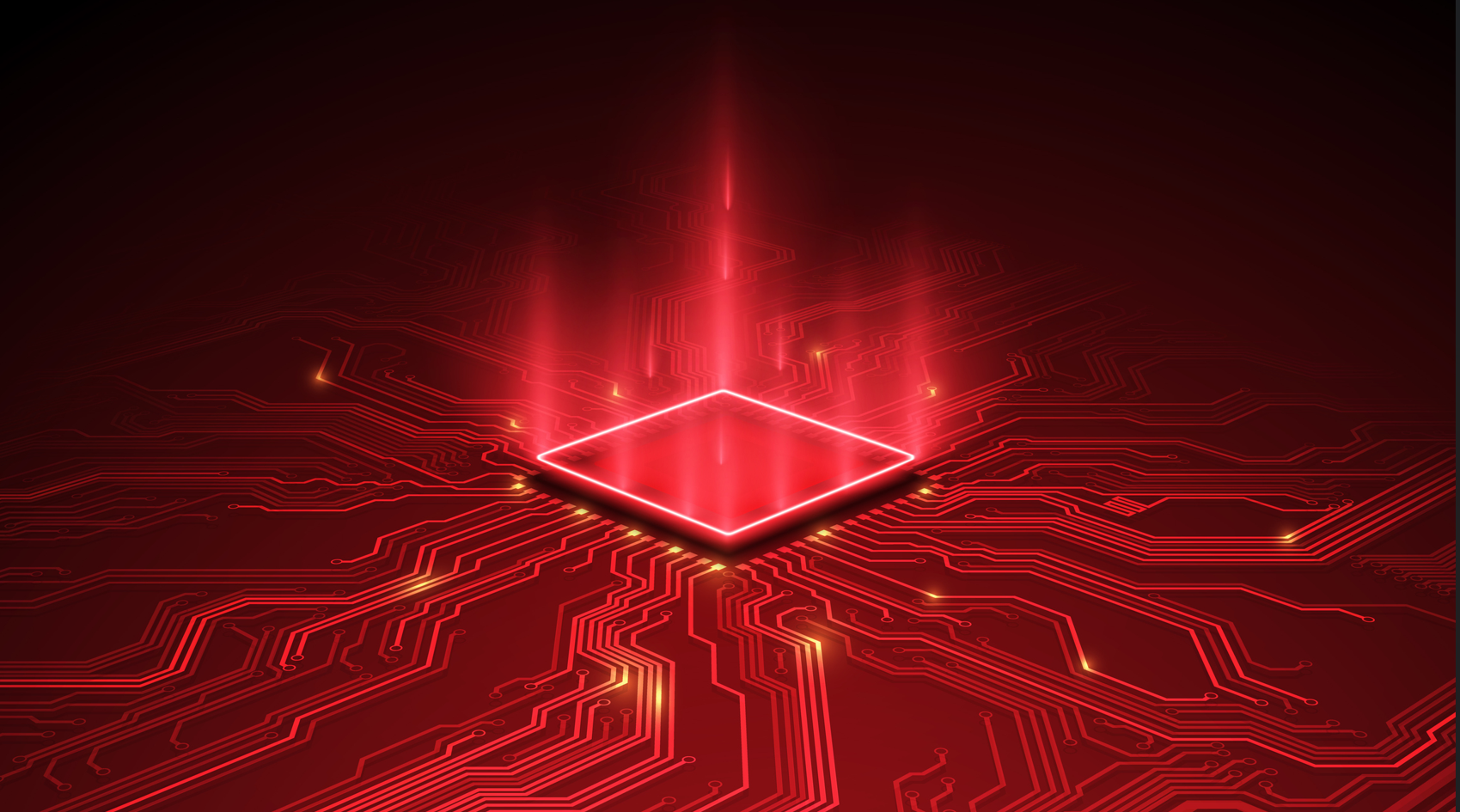
The rapid development of digital technologies raises critical questions in the field of intellectual property—particularly regarding the patentability of software and artificial intelligence (AI).
A common belief is that such innovations cannot be patented. But is that really the case?
Patentability of Software
It is partially true that software as such is not patentable. For instance, a basic accounting program will have little chance of resulting in a granted patent—particularly in Europe.
However, when an invention makes a verifiable technical contribution, patent protection becomes entirely feasible. This includes, for example, a data compression algorithm, a system that enhances the security of communications, a signal or image processing method, or even a model that generates synthetic speech.
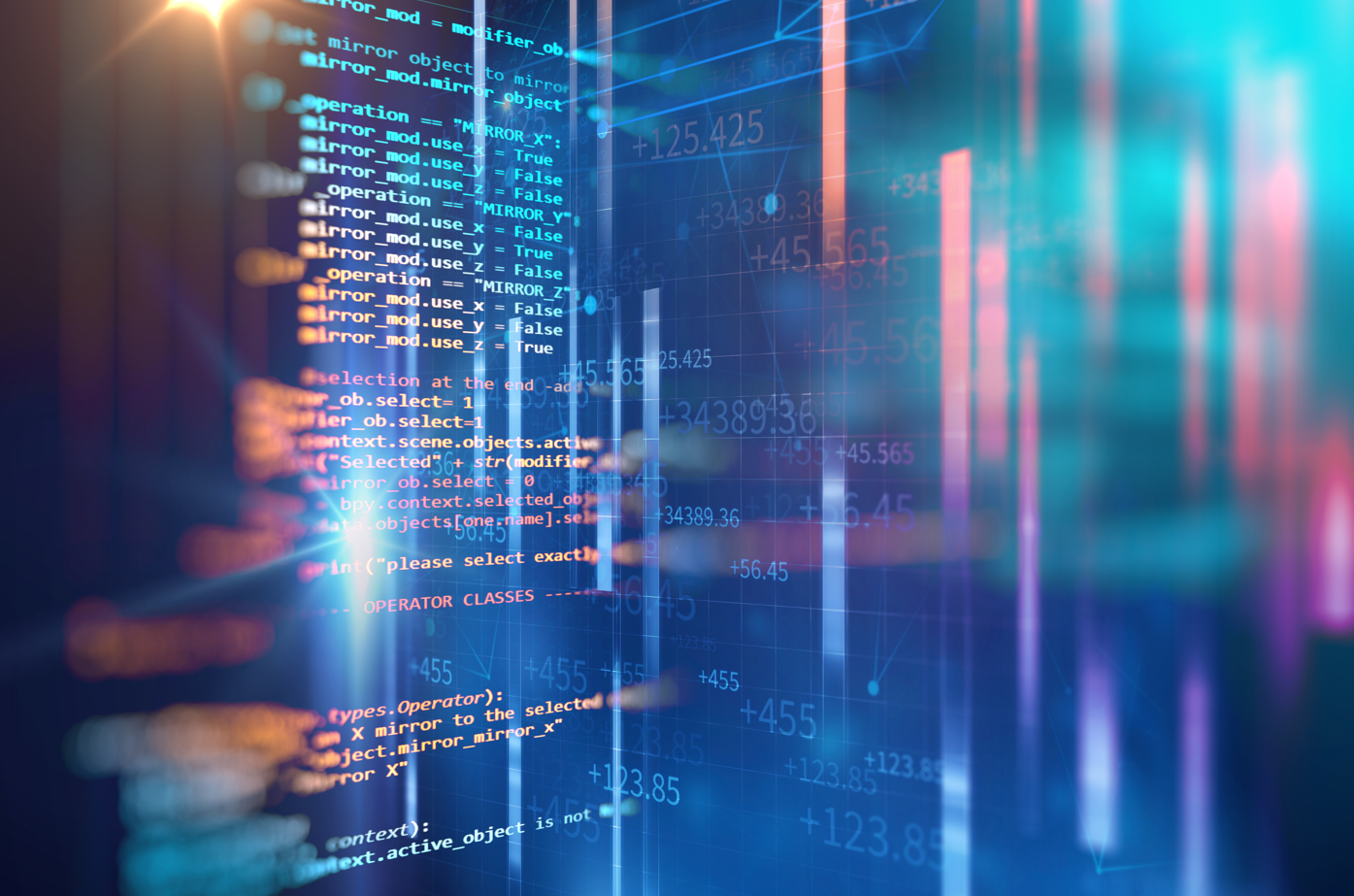
What are the conditions for patenting a software ?
To be patentable, software must meet specific criteria established by patent offices such as the European Patent Office (EPO) and the United States Patent and Trademark Office (USPTO). The main requirements include:
- A technical solution to a technical problem: the invention must solve a clearly identified technical problem.
- Novelty: the software must be new and not previously disclosed to the public.
- Inventive step: the software must involve an inventive step—it cannot be a mere obvious combination of known elements.
- Industrial applicability: the software must have a practical industrial application.
By way of illustration, a decision by the Boards of Appeal of the European Patent Office confirmed that the use of a neural network to monitor heartbeat signals and detect irregularities constituted a technical invention (Decision T 0598/07 of 19/05/2010).

Legal challenges
The main challenge in patenting software lies in demonstrating its technical contribution. Software is not patentable if it is regarded as a mere computer program. However, a computer program that solves a technical problem may be patentable—typically as part of a method comprising steps carried out by the software.
The U.S. approach has historically been more flexible than the European one. Although the standards have tightened in recent years, the USPTO still offers meaningful opportunities for software patentability when the invention demonstrates a significant technical contribution.
Software patent infringement
Enforcing software patents presents unique challenges.
To prove infringement, it is often necessary to analyze the source code of the alleged infringer in order to determine whether the patented features have been implemented.
In France, for example, this typically requires organizing an infringement seizure (“saisie-contrefaçon”) to access the source code and gather the evidence needed to initiate legal proceedings.
Engaging an expert in intellectual property and software analysis is a crucial step in identifying and proving patent infringement.
Technical expertise is essential to establish a correspondence between the patented invention and the technology used by a third party—an element that is often decisive in enforcing industrial property rights.
Is artificial intelligence patentable ?
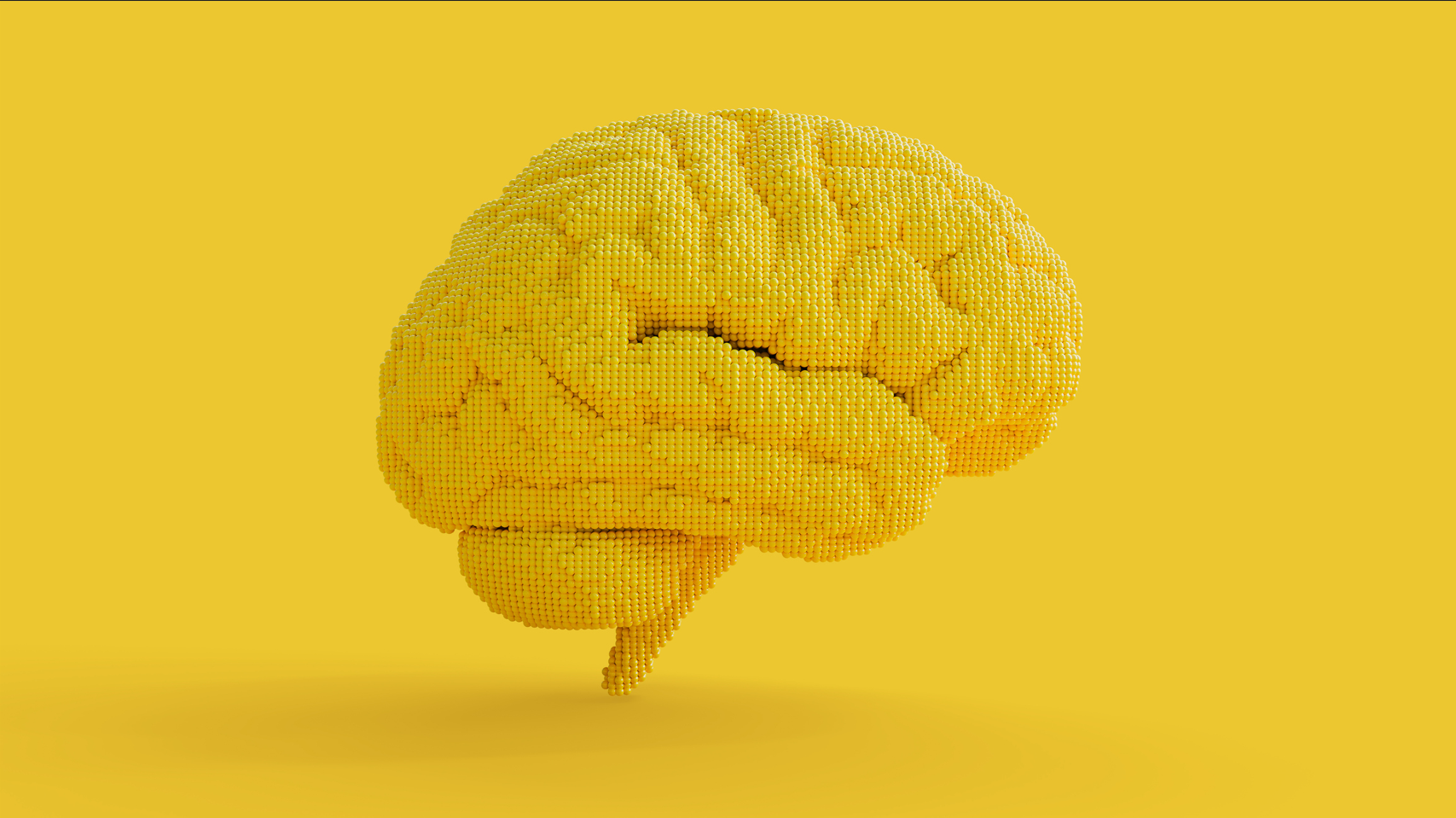
Rapid Increase in AI-Related Patent Applications
Patents and AI: Competing in the Global Innovation Arena
Artificial intelligence (AI) technologies are now at the core of innovation strategies across all industries. This momentum is reflected in the exponential growth of AI-related patent applications worldwide, particularly in areas such as computer vision, natural language processing, and predictive systems.
China is leading this race in terms of filing volume, ahead of the United States, South Korea, and Europe. This trend highlights a major shift: AI is no longer just a technology of the future—it has become a strategic asset that must be protected.
Yet in Europe, and in France in particular, misconceptions persist regarding the patentability of AI-related inventions, which are often mistakenly seen as excluded from patent protection. In reality, it is entirely possible to obtain patents for technical solutions involving or leveraging AI, provided that certain patentability requirements are met.
Trends in AI Patent Filings
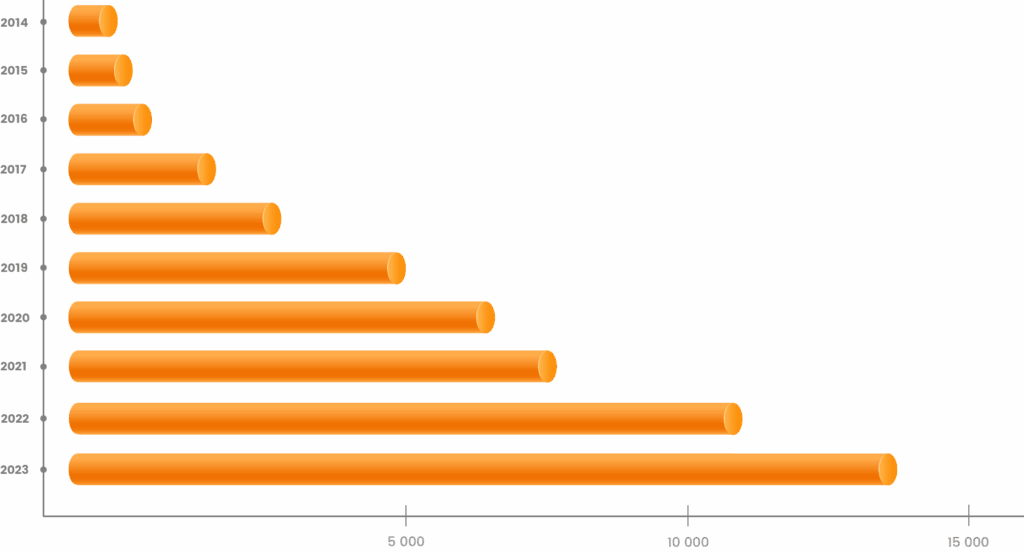
Key figures
54,000
Number of Generative AI Patents Filed Worldwide
+ 30%
annual growth in AI patent filings worldwide
38,000
Number of Generative AI Patents filed in China
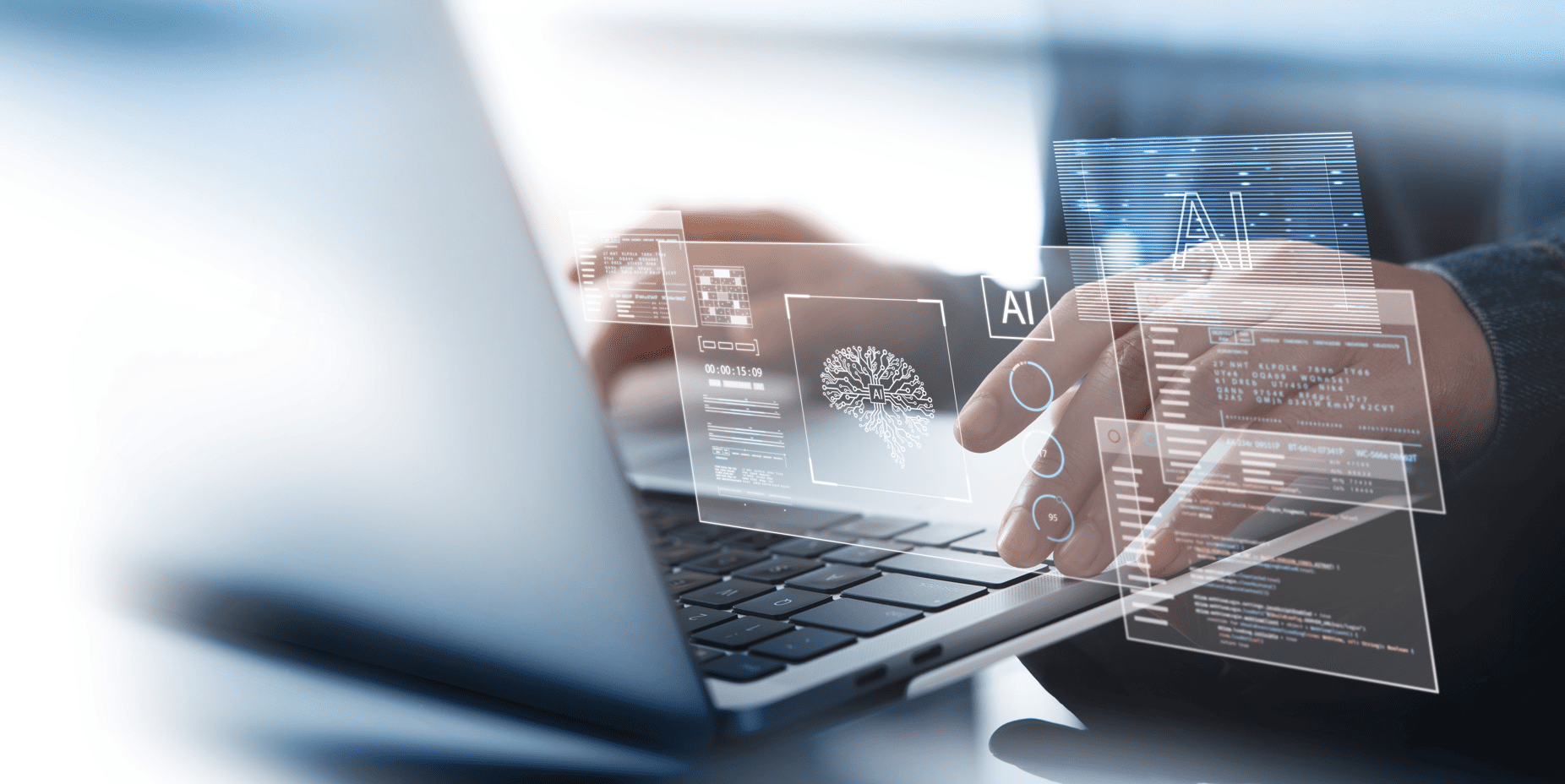
How to Patent AI Innovations: Key Criteria
As with software, an AI-based invention must meet the standard patentability criteria: novelty, inventive step, and industrial applicability.
However, a recurring challenge lies in clearly describing how the AI system works in the patent application. If the system functions as a “black box”—i.e., without a transparent explanation of its internal logic—it risks being rejected for insufficient disclosure.
To maximize the chances of obtaining a patent, we advise to:
- Demonstrate that the invention is non-obvious, i.e., that it involves an inventive step beyond known techniques.
- Provide a detailed description of the AI model used, including its structure, training method, and implementation.
- Explain how the functioning of the AI provides a technical solution to a clearly identified problem.
IP Considerations for AI-Related Inventions
While inventions involving artificial intelligence can be protected by patents, their treatment by intellectual property offices raises several technical, legal, and strategic challenges that should be anticipated as early as the development phase.
Here are the main points to watch in your IP strategy:
Case Study: Patented AI System for Medical Diagnosis
Since the technical contribution was deemed to go beyond a mere implementation of an abstract algorithm, the patent was granted by the EPO.
AI as a Catalyst for Innovation… Protect It from the Start
AI-based innovations can indeed be protected by patents—provided they meet certain technical requirements.
Contrary to common belief, AI is not excluded from the scope of industrial property; it simply requires a tailored and rigorous protection strategy.
A patent attorney can help you:
- Identify what aspects of your AI solution are patentable;
- Secure rights related to data, algorithms, and software;
- Draft strong, technically sound patent applications;
- Choose the most appropriate protection strategy (patents, copyright, trade secrets, etc.).
May 2025
